So you want to learn about three-candlestick patterns, huh?
Smart choice.
Recognizing different types of candlestick patterns is a useful skill all traders should master.
Here, we will go over the top 6 3-candlestick patterns.
Identifying 3-Candlestick Patterns
There are several different patterns that consist of three candlesticks.
Some patterns imply potential reversal. Other patterns imply potential continuation.
Take special note of the words imply and potential.
Candlesticks represent past price action.
Therefore, no group of candlesticks can guarantee a future outcome. Instead, you should look at them as warning signs or points of interest.
Time is also an important factor. Generally, patterns that represent larger time intervals have greater (potential) ramifications. That means that patterns on higher-term timeframes should be taken more seriously. It also means that 3-candlestick patterns may be more reliable than 2-candlestick and less reliable than 5-candlestick patterns.
Of course, this is not always true—as factors like notoriety may also impact a pattern’s efficacy. This is one reason why it is so important to analyze the historical performance of individual candlestick patterns in the context of your asset and timeframe pairing.
In the same breath, it is also crucial to wait for the full pattern to complete before you give it any weight. It’s quite common for a group of candlesticks to begin to form a recognizable pattern only for the final candle to break the formation. So always wait for the third and final candle to close before you label any three candlesticks a “pattern.”
Furthermore, experienced traders use additional points of confirmation for a signal before making any trading decisions. Oftentimes, candlestick patterns are better suited as final confirmation.
Still, you have to learn to see them if you’re ever going to be able to use them.
Here are the 6 of the most common 3-candlestick patterns in alphabetical order:
Abandoned Baby
An abandoned baby pattern is a 3-candlestick formation that may signal a reversal.
It is made up of a large candle moving in the direction of current trend, a doji that gaps, and another large candle that gaps and moves in the opposite direction of the first (and trend).
It comes in both bearish and bullish variations.
Bearish ones look like this:
Bullish ones look like this:
In trading terms:
- During the first period, the price drove strongly in the same direction as the overall trend.
- The second period opened with a gap, after which neither the bulls nor the bears were able to maintain control.
- The third period opened with another gap then price drove strongly in the opposite direction of the first period and trend.
Abandoned baby patterns show that one side attempted to press their advantage on candle one, stalled on candle two, and finally surrendered all the momentum on candle three.
Pattern Type: Reversal
Number of Candlesticks: 3
Looks Like/Narrative Meaning: U-turn or counterpunch
Technical Specifications***
Technically, an abandoned baby pattern must:
- Begin with a long candle moving with trend
- End with a candle of similar size moving against trend
- Have a doji as the second candle
- Have a gap before and after the doji
Potential exceptions:
- The first and third candles can be different lengths, as long as they are both long line candles and/or test important price levels.
- The second candle doesn’t necessarily have to be a doji, as long as it is a short line candle.
- The gaps can go, especially in markets where gaps are less common like cryptocurrency.
- There can be more than one doji (or short candle) between the first and final candlestick.
***Depending on who you ask, any of these standards may be more or less important. Moreover, some of these variations may be more properly classified as other reversal candlestick patterns.
Related Patterns:
- Similar to Doji Star Pattern
- Similar to Star Pattern
For more detail, read our full breakdown on How to Trade Abandoned Baby Candlestick Patterns.
Doji Star
A doji star pattern is a 3-candlestick formation that may signal a reversal.
It is made up of a large candle moving in the direction of current trend, a doji, and another large candle that moves in the opposite direction of the first (and trend).
It comes in both bearish and bullish variations, known respectively as the evening doji star and morning doji star.
Bearish ones look like this:
Bullish ones look like this:
In trading terms:
- During the first period, the price drove strongly in the same direction as the overall trend.
- During the second period, neither side was able to maintain control.
- During the third period, price drove strongly in the opposite direction of the first period and trend.
Doji star patterns show that one side attempted to press their advantage on candle one, stalled on candle two, and finally surrendered all the momentum on candle three.
Pattern Type: Reversal
Number of Candlesticks: 3
Looks Like/Narrative Meaning: U-turn or counterpunch
Technical Specifications***
Technically, a doji star pattern must:
- Begin with a long candle moving with trend
- End with a candle of similar size moving against trend
- Have any doji other than a four-price doji as the second candle
- Contain no gaps
In practicality though, many traders will make various exceptions.
- The first and third candles can be different lengths, as long as they are both long line candles and/or test important price levels.
- The second candle doesn’t necessarily have to be a doji, as long as it is a short line candle.
- There can be more than one doji (or short candle) between the first and final candlestick.
***Depending on who you ask, any of these standards may be more or less important. Moreover, some of these variations may be more properly classified as other reversal candlestick patterns.
Related Patterns
- Similar to Abandoned Baby Pattern
- Similar to Star Pattern
For more detail, read our full breakdown on How to Trade Doji Star Candlestick Patterns.
Star
A star pattern is a 3-candlestick formation that may signal a reversal.
It is made up of a large candle moving in the direction of current trend, a short candle, and another large candle that moves in the opposite direction of the first (and trend).
It comes in both bearish and bullish variations, known respectively as the evening star and morning star.
Bearish ones look like this:
Bullish ones look like this:
In trading terms:
- During the first period, the price drove strongly in the same direction as the overall trend.
- During the second period, neither side was able to maintain control.
- During the third period, price drove strongly in the opposite direction of the first period and trend.
Star patterns show that one side attempted to press their advantage on candle one stalled on candle two, and finally surrendered all the momentum on candle three.
Pattern Type: Reversal
Number of Candlesticks: 3
Looks Like/Narrative Meaning: U-turn or counterpunch
Technical Specifications***
Technically, a star pattern must:
- Begin with a long candle moving with trend
- End with a candle of similar size moving against trend
- Have a short candle as the second candle
- Contain no gaps
In practicality though, many traders will make various exceptions.
- The first and third candles can be different lengths, as long as they are both long line candles and/or test important price levels.
- There can be more than one short candle between the first and final candlestick.
- There can be one or more gaps, as long as the overall structure remains the same.
***Depending on who you ask, any of these standards may be more or less important. Moreover, some of these variations may be more properly classified as other reversal candlestick patterns.
Related Patterns
- Similar to Abandoned Baby Pattern
- Similar to Doji Star Pattern
For more detail, read our full breakdown on How to Trade Star Candlestick Patterns.
Tasuki Gap
A tasuki gap pattern is a 3-candlestick formation that may signal a continuation.
It is made up of a candle moving in the direction of trend, followed by a gap, another candle moving in the direction of trend, and then a candle moving against trend that partially closes the gap between the first two.
It comes in both bearish and bullish variations, known respectively as the downside tasuki gap and upside tasuki gap.
Bearish ones look like this:
Bullish ones look like this:
In trading terms:
- During the first period, price drove strongly in the direction of trend.
- Between periods, price continued driving in the same direction.
- During the second period, price yet again continued driving in the direction of trend.
- During the third period, price moved against trend to close somewhere in the middle of the gap.
Tasuki gap patterns show that one side pressed their advantage on candle one, continued between candles one and two, continued further through the end of two, until finally suffering a relatively minor setback on candle three.
Pattern Type: Continuation
Number of Candlesticks: 3
Looks Like/Narrative Meaning: a momentary respite or an attempted counterattack
Technical Specifications***
Technically, a tasuki gap pattern must:
- Begin with a long candle moving with trend
- Have a trend-side gap after after the first candle
- Have a second long candle moving with trend after the gap
- End with a long candle moving against trend that partially fills the gap
In practicality though, many traders will make various exceptions.
- The first candle doesn’t necessarily have to be a long candle, as long as it is a candlestick that gives a strong bias in the direction of trend (such as a dragonfly doji or gravestone doji).
- The second candle doesn’t necessarily have to be a long candle, as long as the first one is and the gap remains unfilled.
- The third candle doesn’t necessarily have to be a long candle, as long as it doesn’t fully fill the gap and moves against trend.
- The third candle doesn’t have to fill the gap at all, as long as it moves against trend.
- It can take multiple countertrend candles to reach the gap, as long as all other criteria are met and the gap remains partially unfilled.
***Depending on who you ask, any of these standards may be more or less important. Moreover, some of these variations may be more properly classified as other continuation candlestick patterns.
Related Patterns
- Extension of Window Pattern
For more detail, read our full breakdown on How to Trade Tasuki Gap Candlestick Patterns.
Three Inside
A three inside pattern is a 3-candlestick formation that may signal a reversal.
It is made up of a large candle moving in the direction of trend followed by a shorter countertrend candle that opens and closes within the body of the first, then another countertrend candle that breaks through and closes beyond the open of the first candle.
It comes in both bearish and bullish variations, known respectively as the three inside up and three inside down.
Bearish ones look like this:
Bullish ones look like this:
In trading terms:
- During the first period, price drove strongly in the direction of trend.
- Before the second period opened, price moved against the trend, opening within the range of the prior candle body.
- During the second period, price moved against trend to a modest degree, closing within the range of the prior candle body.
- During the third period, price continued moving against trend, this time closing beyond the open of the first period.
Three inside patterns show that one side attempted to press their advantage on candle one, suffered immediate push back between market hours and through on candle two, and finally lost all momentum by the end of candle three.
Pattern Type: Reversal
Number of Candlesticks: 3
Looks Like/Narrative Meaning: U-turn or counterpunch
Technical Specifications***
Technically, a three inside pattern must:
- Begin with a long candle moving with trend
- Have a second candle that is an inside candle and moves against trend
- End with a long candle that breaks through the level set by first candle’s open and closes beyond it
In practicality though, many traders will make various exceptions.
- The first candle doesn’t necessarily have to be a long candle, as long as the second candle is an inside candlestick that moves against trend.
- The first second candle doesn’t necessarily have to be against trend, as long as it is an inside candle.
- There can be more than one inside candle between the first and final candles, as long as the final candle closes beyond the first candle’s open.
***Depending on who you ask, any of these standards may be more or less important. Moreover, some of these variations may be more properly classified as other reversal candlestick patterns.
Related Patterns
- Extension of Harami
- Extension of Harami Cross
For more detail, read our full breakdown on How to Trade Three Inside Candlestick Patterns.
Three Outside
A three outside pattern is a 3-candlestick formation that may signal a reversal.
It is made up of one candle moving in the direction of the current trend, followed by a large engulfing candlestick moving against trend, and finally a third candlestick that continues the move against trend.
It comes in both bearish and bullish variations, known respectively as the three outside down and three outside up.
Bearish ones look like this:
Bullish ones look like this:
In trading terms:
- During the first period, price continued the ongoing trend.
- Before the second period opened, price continued moving with trend, creating a gapped open.
- During the second period, price moved against trend dramatically, closing beyond the open of the first period.
- During the third period, price moved against trend even further.
Three outside patterns show that one side attempted to press their advantage on candle, then again between candles one and two, were completely upended by the end of candle two, and continued to lose ground on candle three.
Pattern Type: Reversal
Number of Candlesticks: 3
Looks Like/Narrative Meaning: complete turnaround or devastating counterstrike
Technical Specifications***
Technically, a three outside pattern must:
- Begin with a (non-short) candle moving in the direction of trend
- Have a long engulfing candlestick moving against trend as the second candle
- End with a third candle moving in the same direction as the second (and against trend)
In practicality though, many traders will make various exceptions.
- The first candle can be a neutral/short candle (ie. a doji), as long as it is fully contained within the body of the second.
- The first candle can move against trend, as long as it is fully contained within the body of the second.
- The open of the second candle can be even with the close of the first candle, especially in markets where gaps are less common like cryptocurrency.
***Depending on who you ask, any of these standards may be more or less important. Moreover, some of these variations may be more properly classified as other reversal candlestick patterns.
Related Patterns
- Extension of Engulfing Candlestick Pattern
For more detail, read our full breakdown on How to Trade Three Outside Candlestick Patterns.
Takeaways
Obviously, there are quite a few different candlestick patterns.
However, you don’t have to memorize all the names and exact specifications. Instead, focus on the principles of price action and technical analysis. That way, you’ll see what is going on with any candlestick formation, whether it fits into one of these categories or not.
At the end of the day, understanding candlestick patterns is only one piece of the puzzle. You’ll need more tools in the toolkit to read the full story in the charts—and even more than that if you want to put together a complete trading strategy.
Know of an important candlestick pattern we missed? Have some special insight into trading a specific pattern? Contribute to the conversation in the comments below! Or, share this post with a trader it might help. And if you haven’t already, check out our Candlestick Patterns Guide to learn the best ways to trade candlestick patterns.

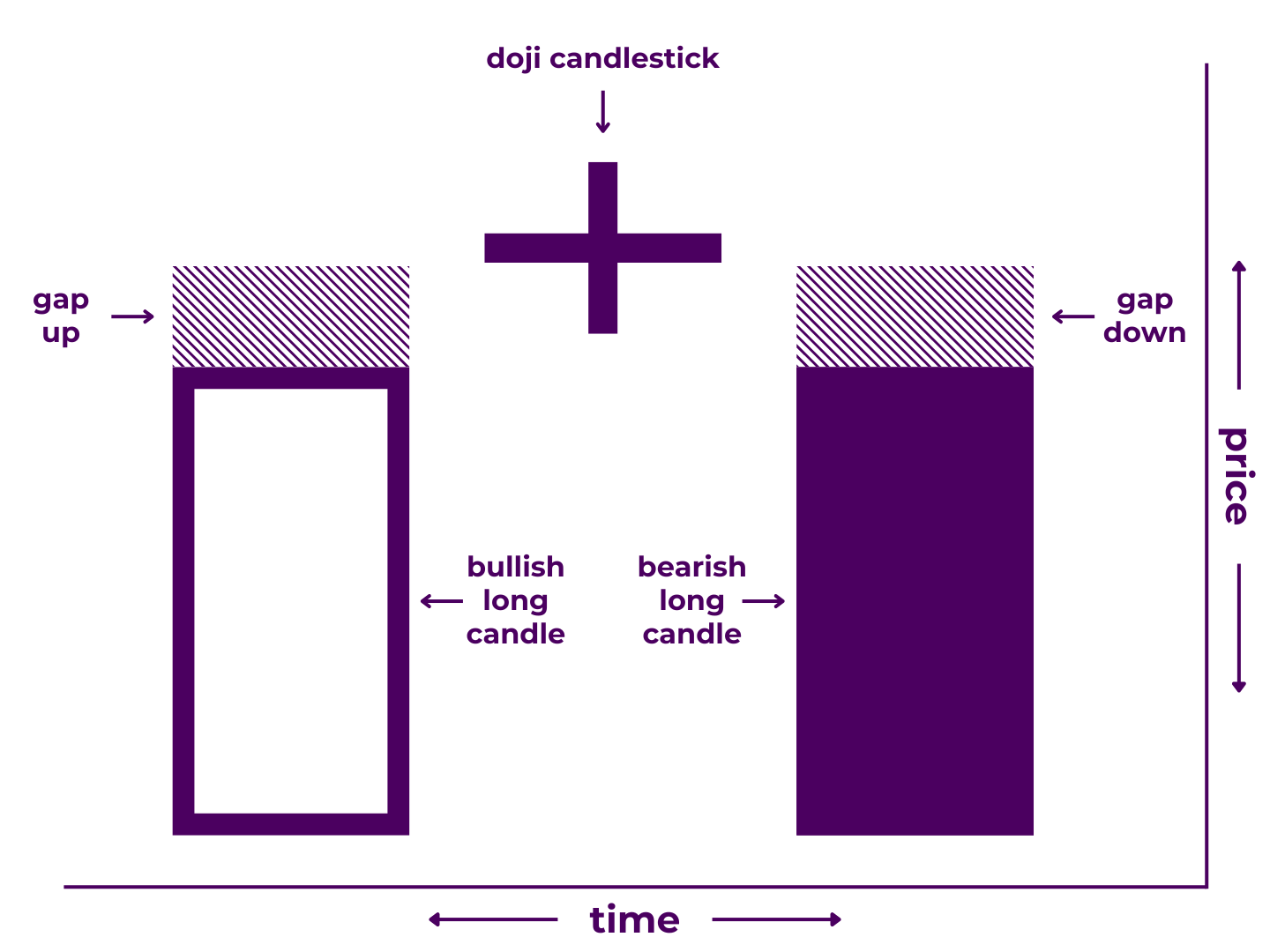
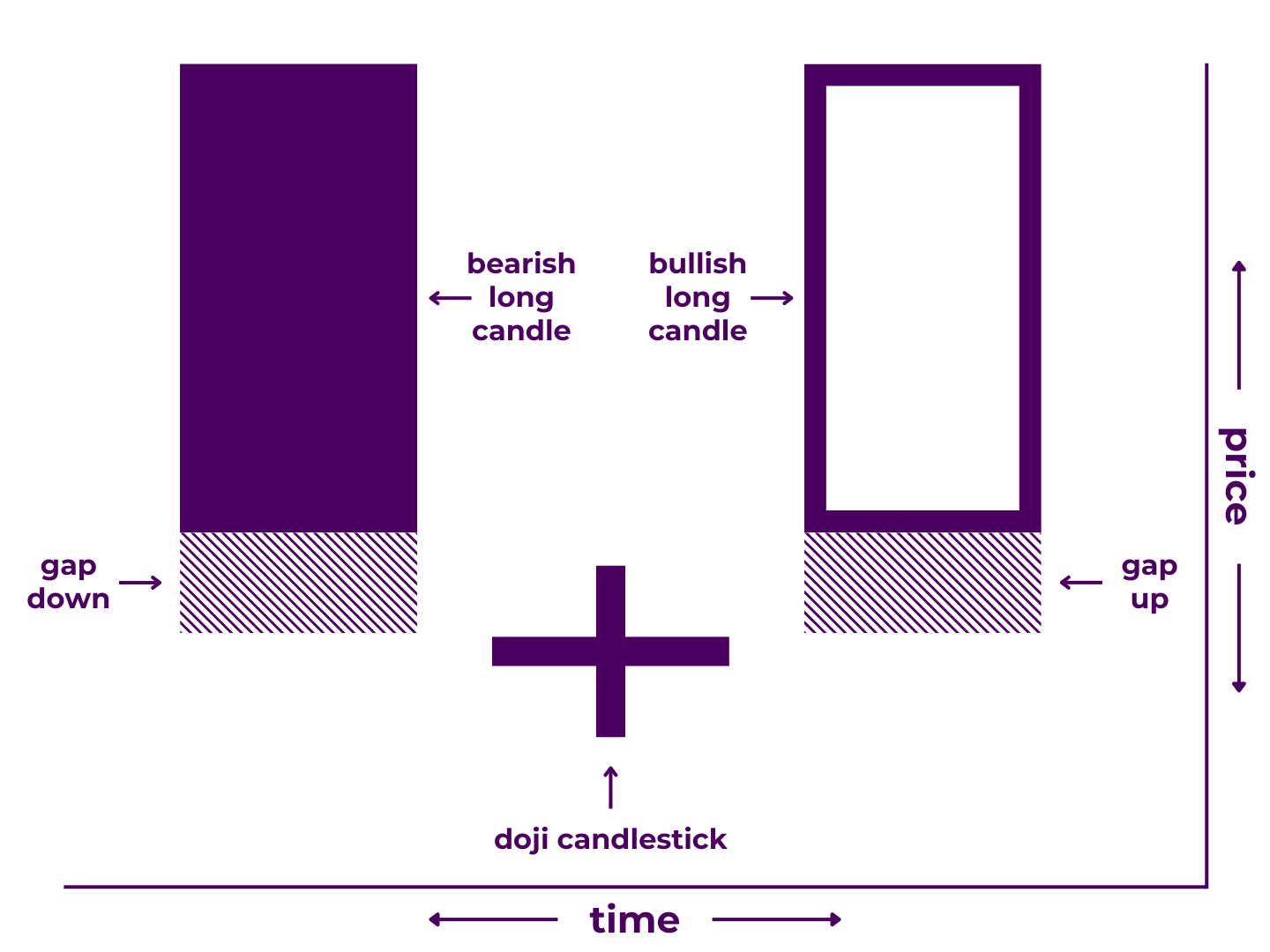
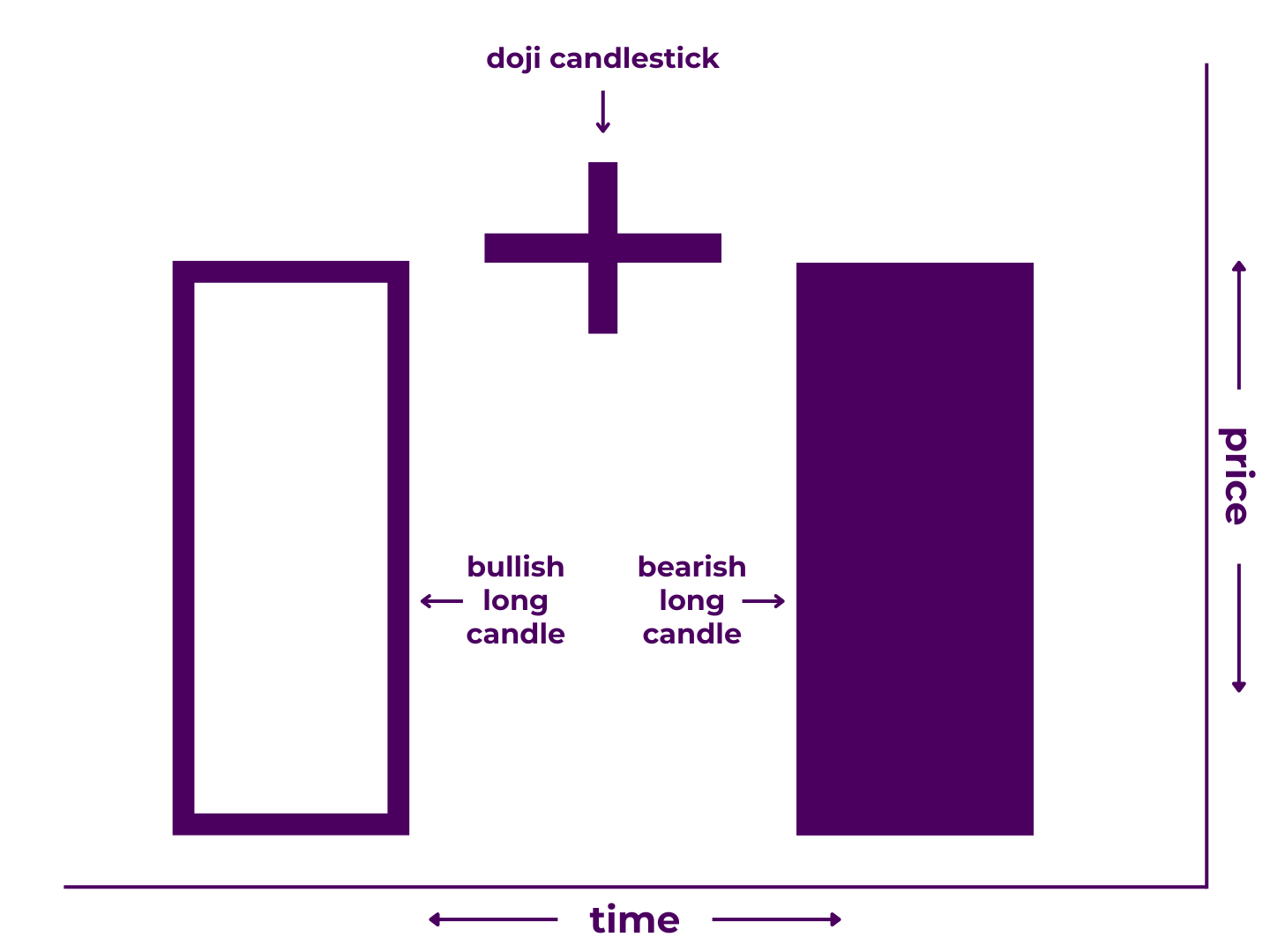
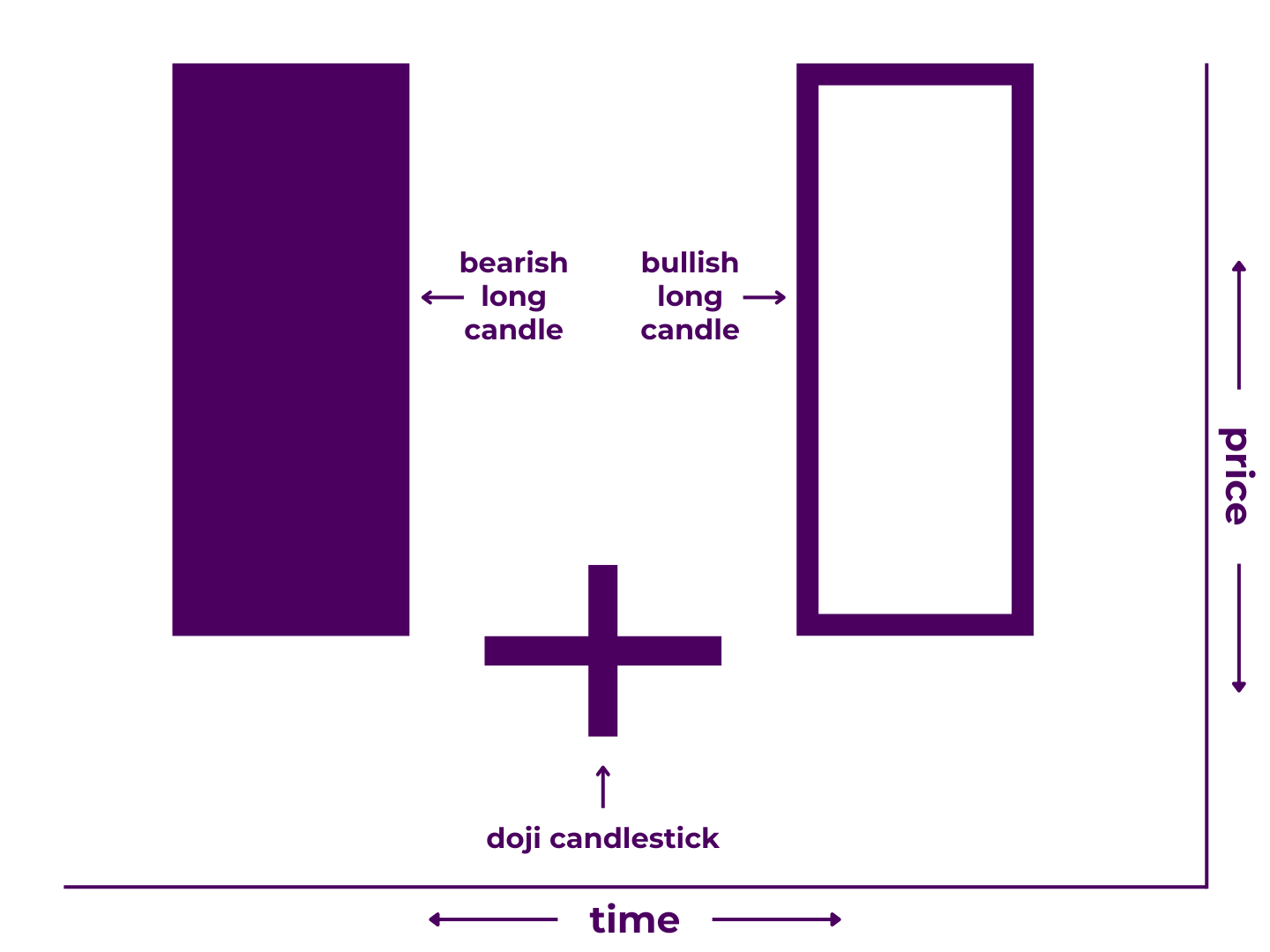
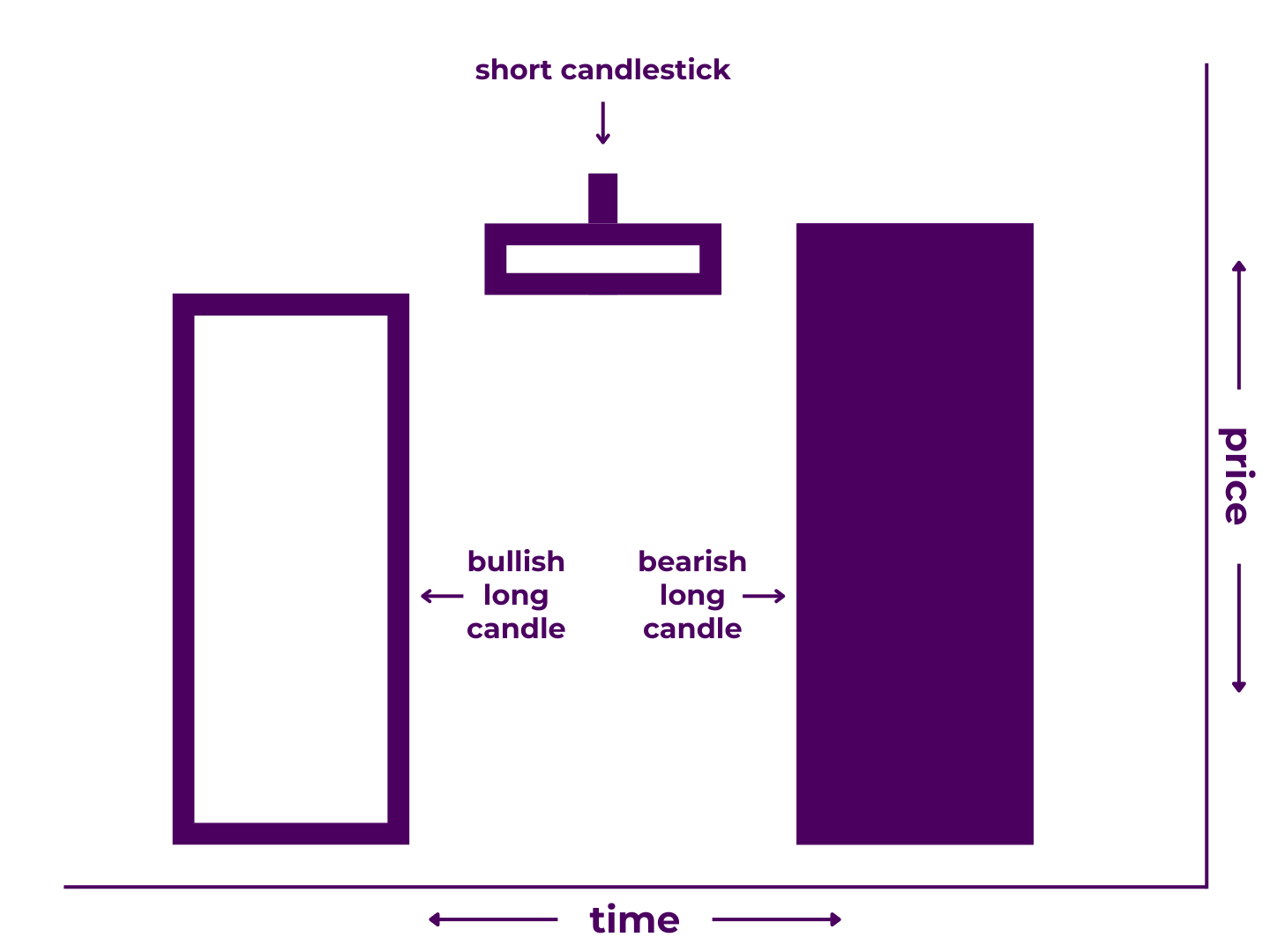
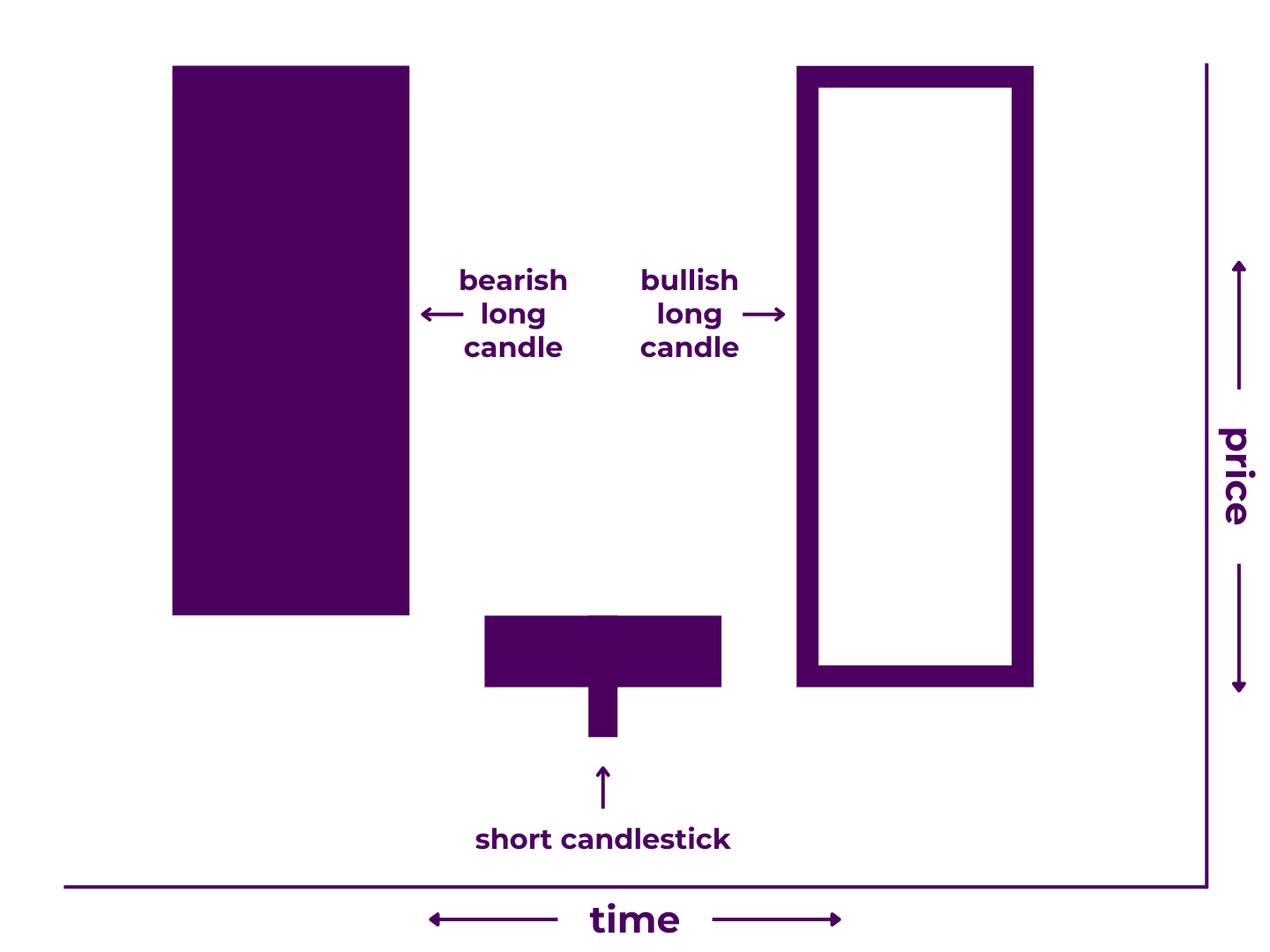
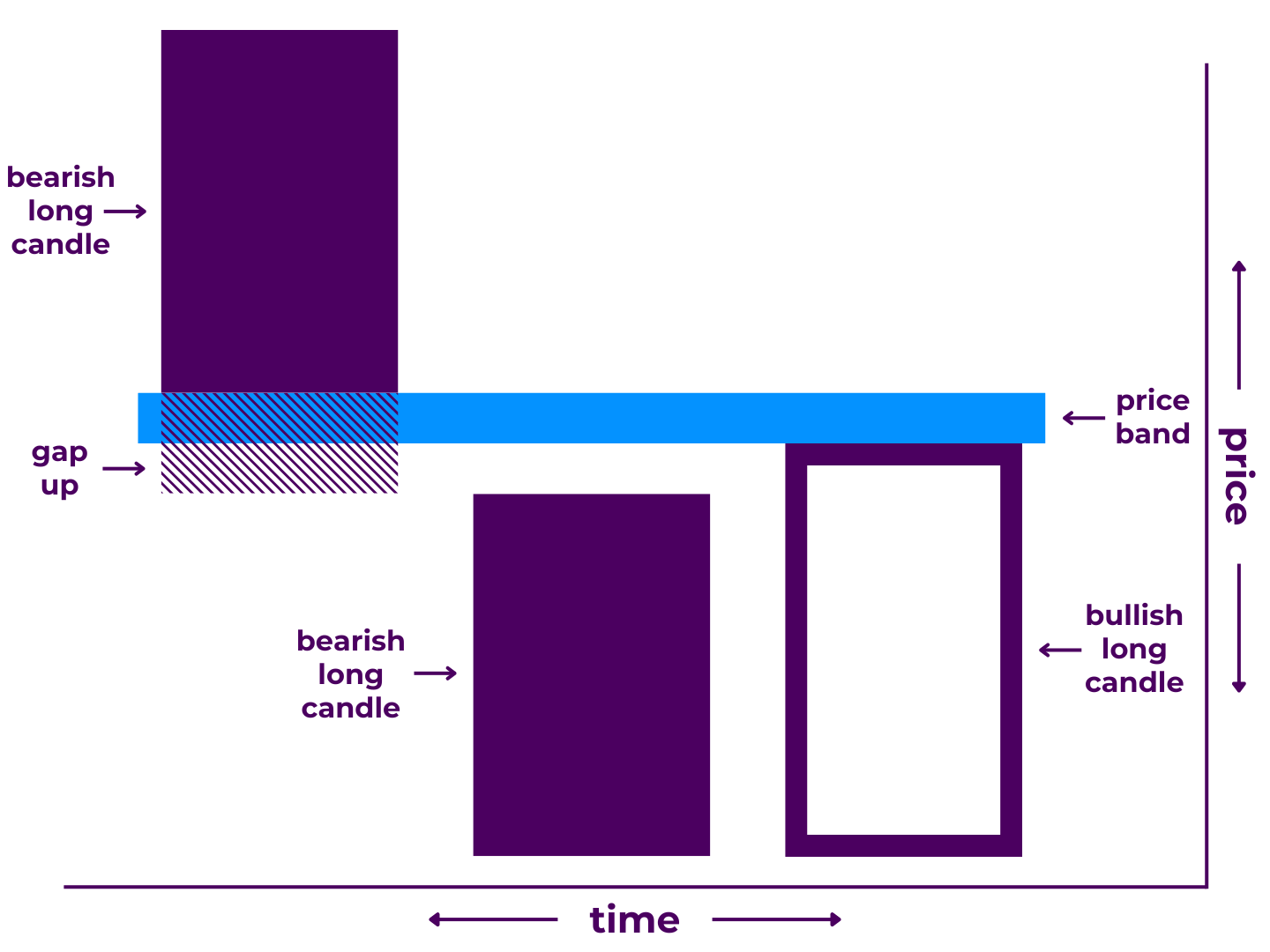
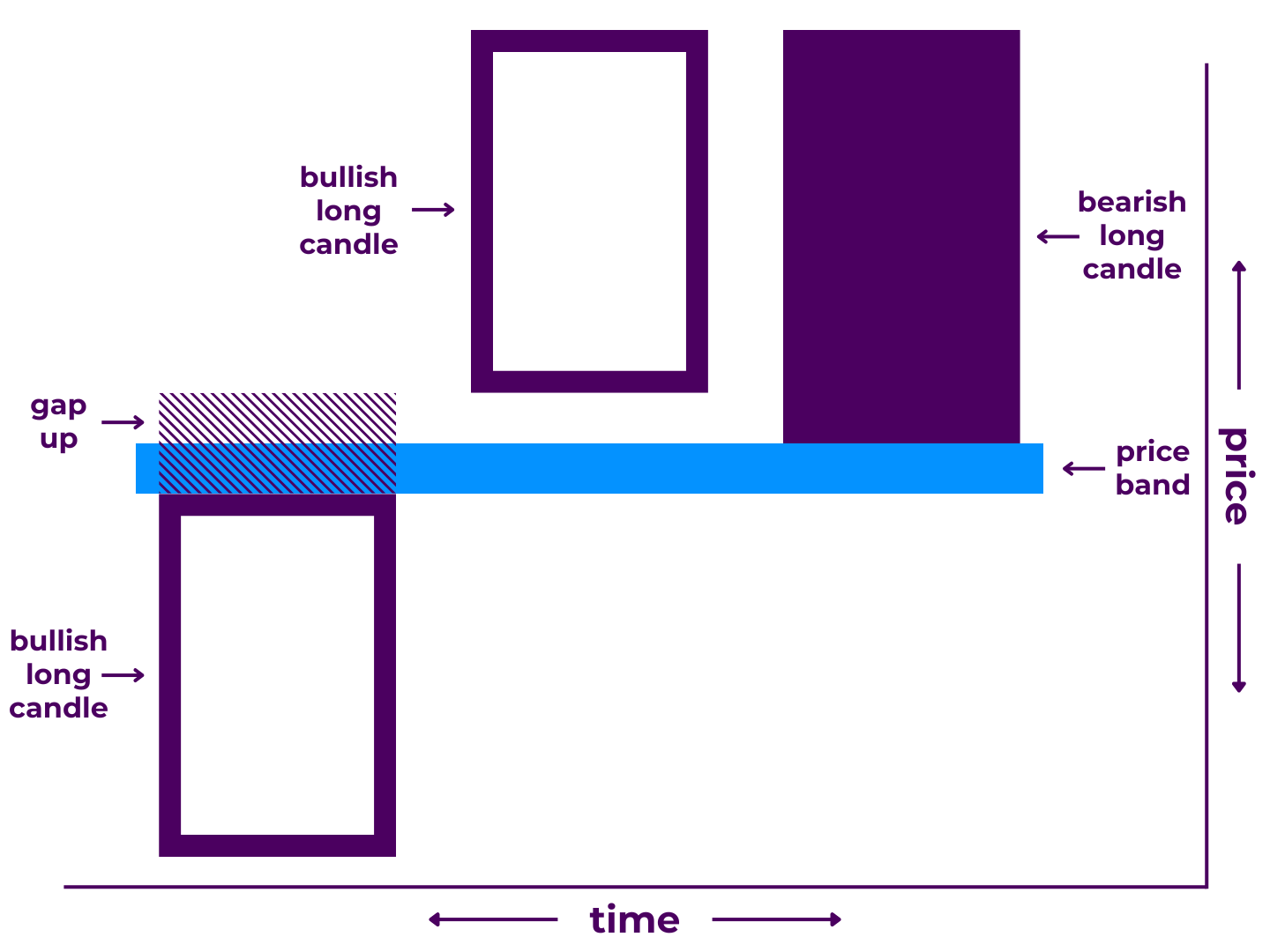
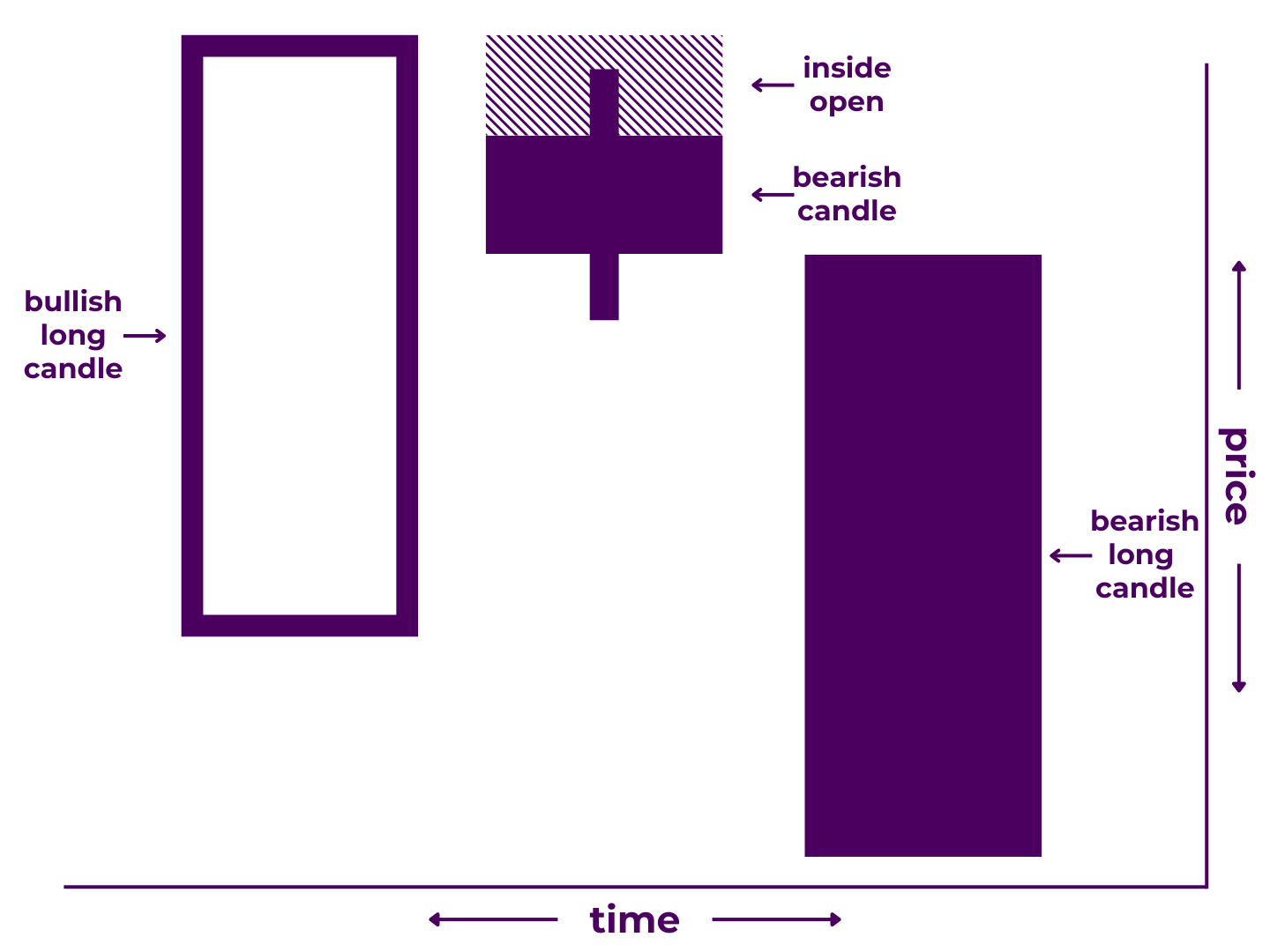
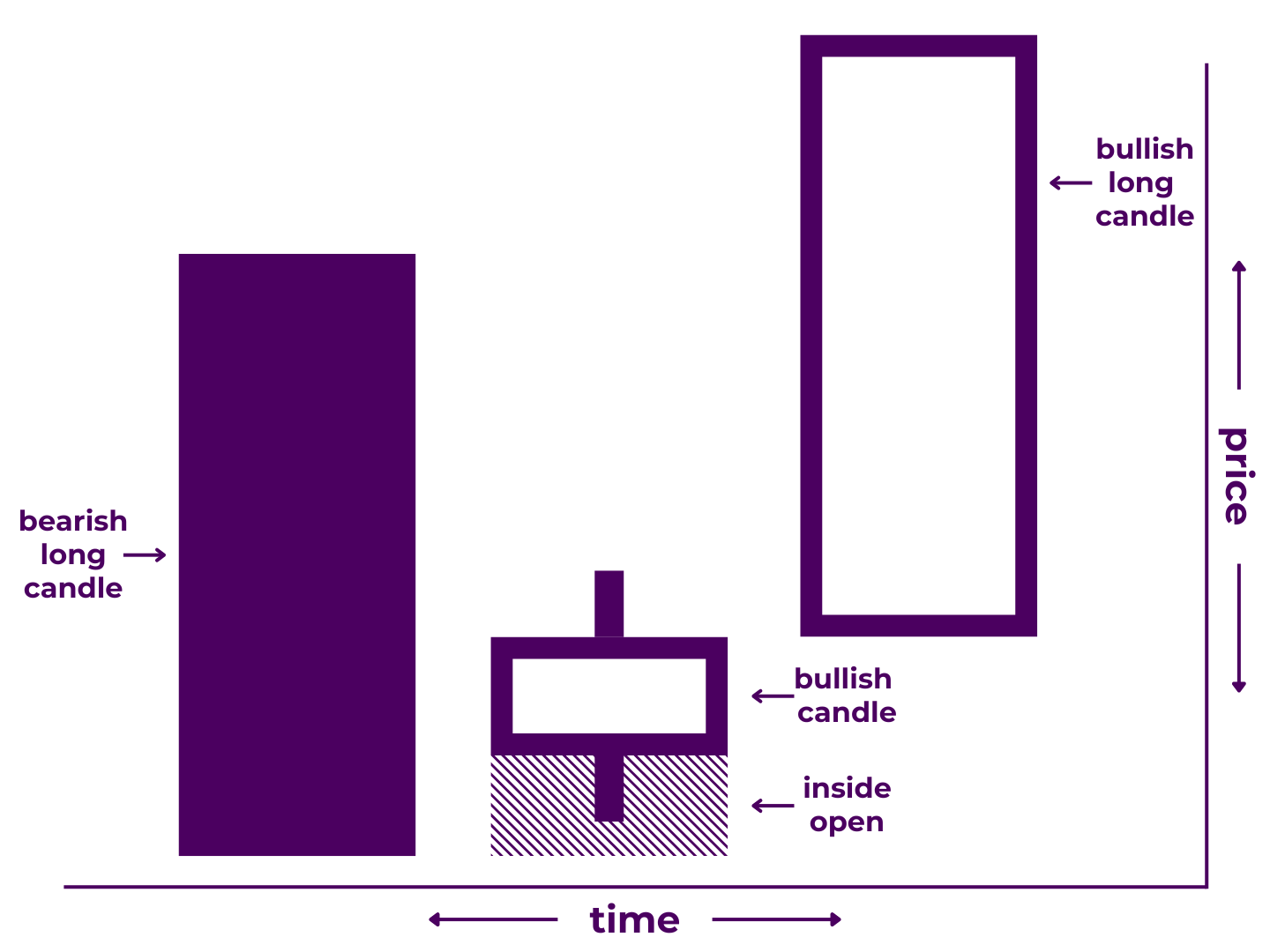
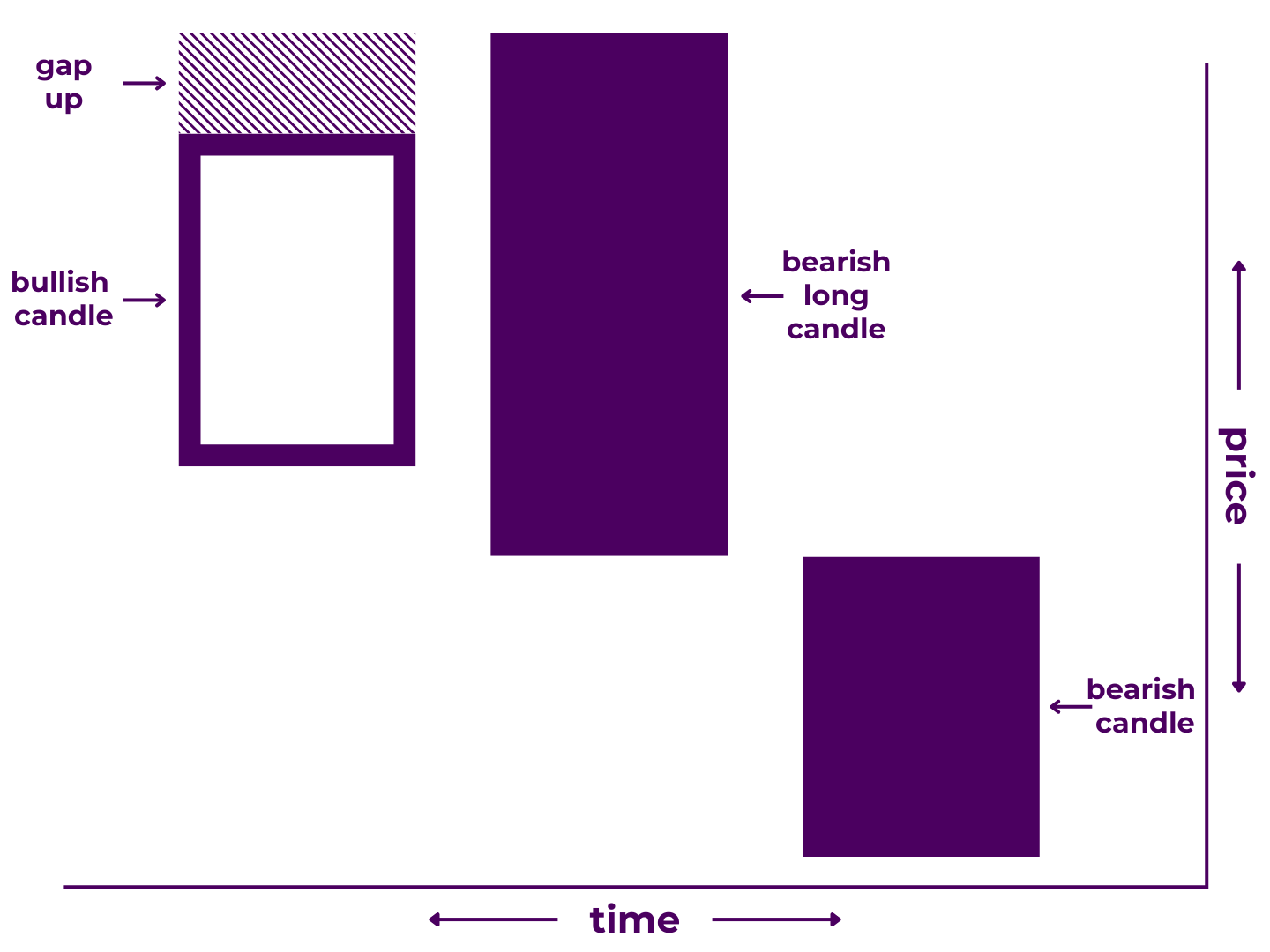
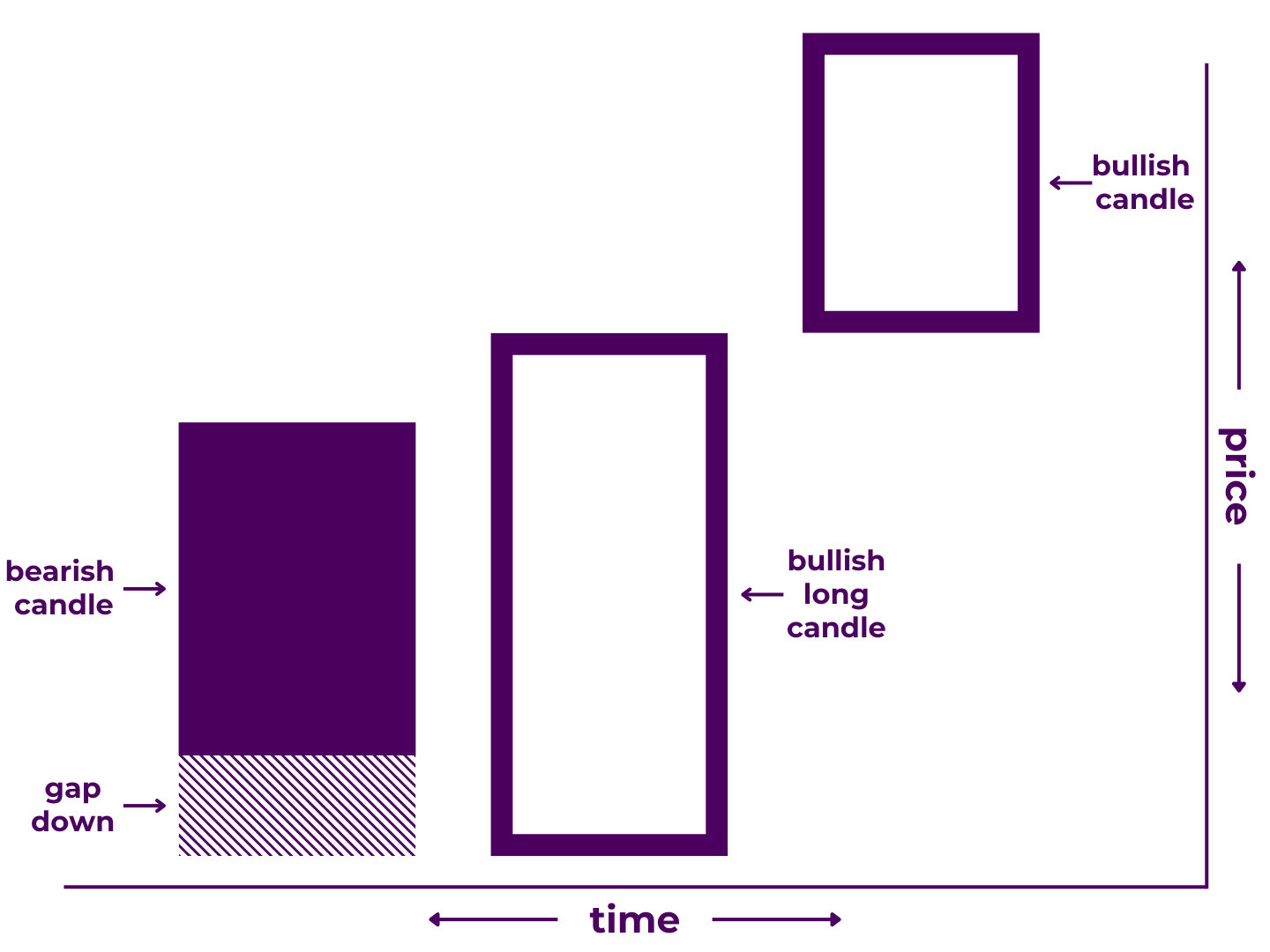
0 Comments